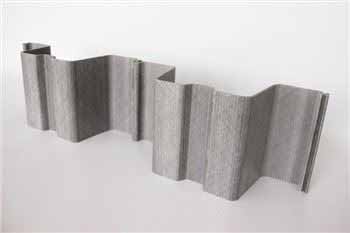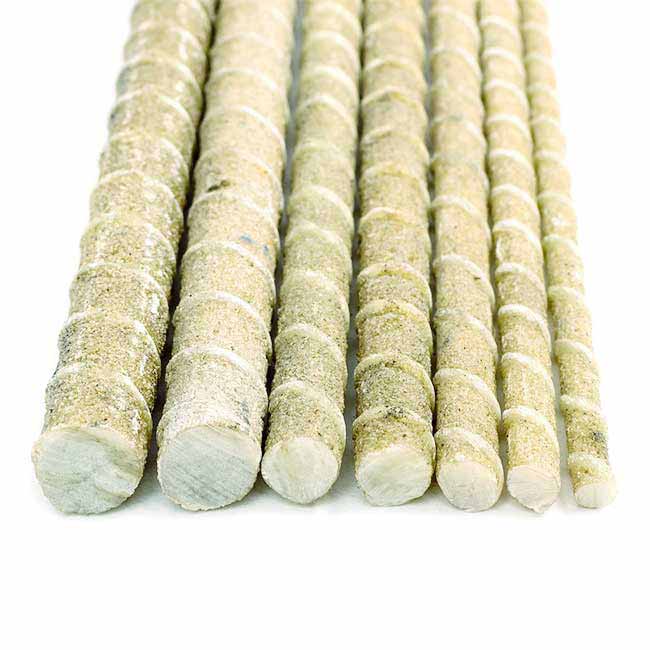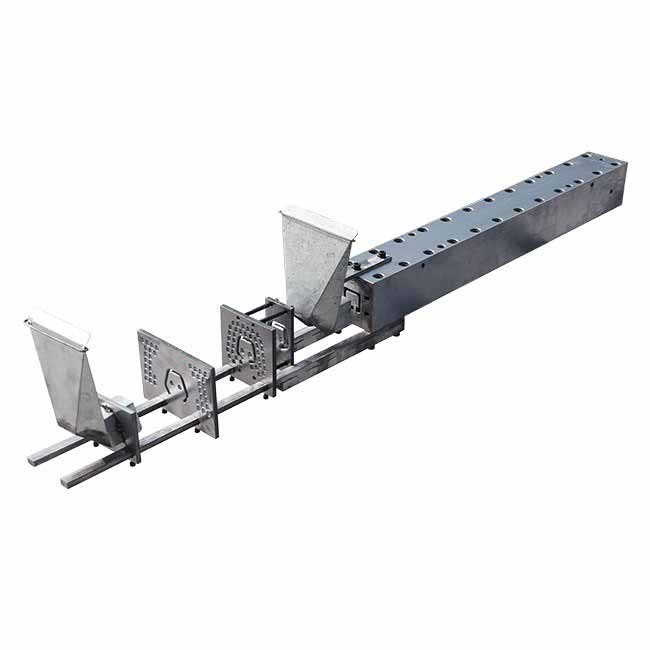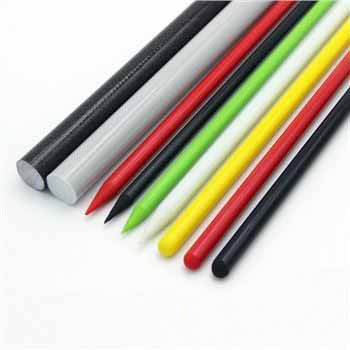Introduction
Concrete is a widely used construction material that has high compressive strength, durability and low cost. However, it also has some drawbacks, such as brittleness, low tensile strength and susceptibility to corrosion. To overcome these limitations, concrete is often reinforced with steel bars or fibers that can improve its mechanical properties and extend its service life.

Steel Rebar vs. Fiber Rebar
Steel rebar is the most common type of reinforcement for concrete. It consists of steel rods that are embedded in the concrete matrix to resist tensile forces and prevent cracking. Steel rebar has several advantages, such as high strength, stiffness and ductility. However, it also has some disadvantages, such as heavy weight, corrosion risk and electromagnetic interference.
Fiber rebar is a newer type of reinforcement for concrete that uses fibers made of synthetic materials, such as fiberglass, carbon or polymer. Fiber rebar can be either continuous or discontinuous, depending on the length and distribution of the fibers. Fiber rebar has several benefits over steel rebar, such as lighter weight, corrosion resistance, electromagnetic neutrality and thermal insulation. However, it also has some challenges, such as lower modulus of elasticity, higher cost and limited availability.
Applications of Fiber Rebar
Fiber rebar can be used in various applications where steel rebar may not be suitable or optimal. Some examples are:
Bridges: Fiber rebar can reduce the dead load and increase the durability of bridge decks, barriers and piers that are exposed to harsh environments and de-icing salts.
Subways: Fiber rebar can facilitate the construction of soft-eye openings in tunnel walls that allow for future expansion or connection of subway lines.
Hospitals: Fiber rebar can eliminate the interference of magnetic fields in areas where MRI machines or other sensitive equipment are installed.
Airports: Fiber rebar can improve the performance and longevity of airport taxiways, runways and aprons that are subject to high traffic and temperature variations.
Seawalls: Fiber rebar can enhance the resistance of seawalls to wave impact, erosion and corrosion from seawater.
Swimming pools: Fiber rebar can prevent the deterioration of pool decks and liners caused by chlorine exposure and moisture penetration.
Conclusion
Fiber rebar is a promising alternative to steel rebar for reinforcing concrete structures. It offers several advantages, such as higher strength-to-weight ratio, corrosion resistance and electromagnetic neutrality. It also has some drawbacks, such as lower stiffness, higher cost and limited availability. Fiber rebar can be used in various applications where steel rebar may not be suitable or optimal, such as bridges, subways, hospitals, airports, seawalls and swimming pools. Fiber rebar is a new standard in reinforcement that can improve the quality and sustainability of concrete construction.







